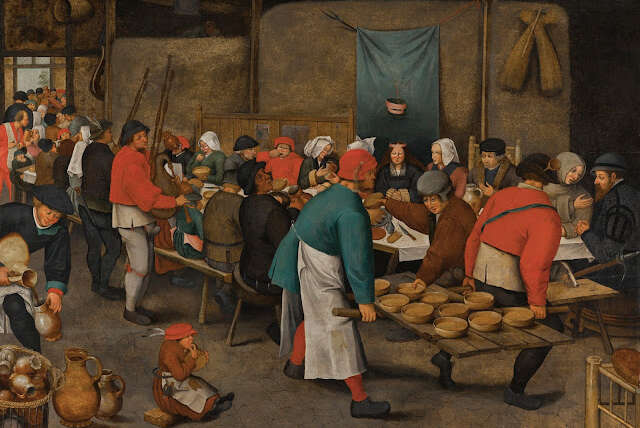5th Sunday A – LENT
I wonder what it was like for Lazarus to be dead and suddenly find himself alive? Interviews with people who claim to have had near-death experiences, and been pronounced clinically dead, reveal that after the glimpse of a figure of light waiting for them on the other side, they were reluctant to be brought back again to life. “Some people who have undergone near-death experiences claim that it transformed their entire attitude; they no longer feared death,” writes Fr. Ron Witherup. The story of Lazarus in this Sunday’s gospel is a biblical case in point.
Jesus wept when he arrived at the tomb of his friend Lazarus. Here we are confronted with a scene that is both familiar yet most distressing: the death of a loved one. Death is a reality we resist thinking about and tend to avoid. Yet there are times when we are forced to confront it. We are often too overwhelmed to focus on anything but our loss. We weep because our loved one deserves our tears. A mystic like St Bernard wept profusely at his brother’s funeral. “I tried to hold back thinking wrongly that my faith in the Resurrection would prevent the tears from flowing, but flow they did.” (Serm 27 on the Song of Songs)
In such events, Jesus faces us again like he faced Martha and Mary: “Do you believe?” Many dwell on the difficulties of believing in the afterlife. I think it is harder to live the lifestyle of the resurrection than to believe in it. Jesus taught that God offers a covenant of forgiveness that cannot be destroyed and the invitation to live a life after the pattern of forgiving and unconditional love. “As we are loved, so we love; as we are forgiven, so we forgive; as we receive mercy, so we must be merciful; and as our lives are transformed, so we must help to transform the lives of others,” writes Thomas O’Loughlin.
“Visionary experiences of heaven, hell and purgatory were received by medieval religious women. The 12th century Benedictines Hildegard of Bingen and Elizabeth of Schonau offer detailed representations of a celestial city but fewer specifics regarding the netherworld. Hildegard’s perception of the cosmos informs her view of heaven, whereas for Elizabeth it symbolises the longed-for end to life’s journey. Among the Cistercian women residing at Helfta in the 13th century, graphic descriptions of otherworldly realms are offered by Mechthild of Magdeburg.” The Afterlife in Visionary Experiences, Debra L. Stoudt.
Quantum physics has shown by physical tests that a higher dimension of the universe exists. The former head of the Max Planck Institute for Physics in Munich, Prof Hans-Peter Durr, believes that “the brain by thinking forms a field of consciousness (quantum field) that can exist after the death of the body in a higher dimension. The body dies but the spiritual field of consciousness continues.” The writings of Pierre Teilhard de Chardin sj and his followers, especially Ilia Delio osf, have shone a light on this whole area of the field of consciousness in the here and hereafter.
Fr. QQ – 03/22/2023




